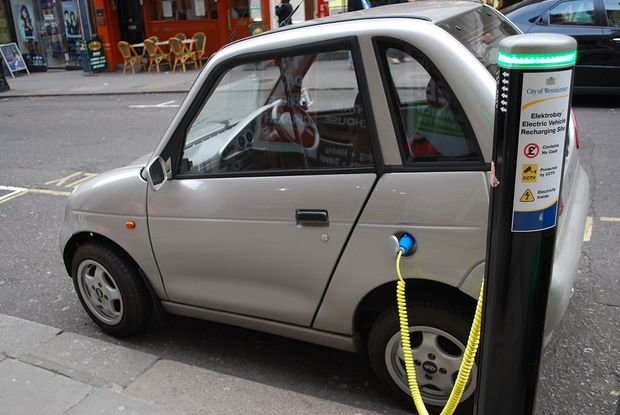Europe bets on green power and succeeds
The EU is now getting almost third of its electricity mix from renewables
While Russia is boosting its oil and gas production (last year's output has been the record one since the collapse of the Soviet Union), Western countries are doing their best to shift the energy mix from traditional to green energy sources. Last year, wind, solar and biomass altogether produced more electricity for the European Union than coal or gas did. Nonetheless, the progress is uneven: Eastern Europe is still sticking to coal.
The European Union is now getting more than 30% of its electricity from renewable sources, up from 12% in 2000, says Quartz adding that the ways the EU achieves its ambitious climate change-related goals will provide a blueprint for other blocs, such as the African Union, and large countries like India and the US. The proportion will grow to 50% by 2030 in case the union keeps the current rate, forecast Sandbag and Agora Energiewende think tanks. According to their report, in 2017, the mix of wind, solar and biomass produced 20,9% of all electricity in the EU, and hydropower accounted for another 10,9%. Coal and natural gas contributed 20,6% and 19,7% respectively.
The results are even more interesting taking the union's rather complex structure into consideration. The European Commission provides an overarching structure for its 28 members, but those countries largely function independently.
Germany and the UK were the greatest contributors in terms of growth. The two countries have provided 56% of the EU's overall growth in renewables in the past three years. In the UK, for example, the share of wind, solar and biomass in its total electricity production has grown from 8% in 2010 to 28% in 2017. The only better performing country in that timeframe was Denmark, which increased its results from 32% to 74%. These nations are far surpassing other EU states in the effort to replace fossil fuels with green energy sources. At the same time, many Eastern European countries are still sticking to coal, so air quality is also divided across east and west.
The increased contribution of wind and solar weren't enough to compensate for growing industrial emissions, especially given a decrease in nuclear power and low production from hydropower in 2017. The rising industrial emissions, mainly from steel production, caused an increase in overall CO2 emissions.
Meanwhile, the union's electricity consumption rose by 0,7% in 2017. The increase took place for the third consecutive year, which means that the EU's energy-saving measures aren't as effective as they should be. Furthermore, electricity demand is expected to grow in the near future due to an increase in the number of electric vehicles on the road. Again, the results vary from country to country. The UK has shown the largest reduction of 9% since 2010, although the kingdom's economy continued to grow. Poland's demand, conversely, has grown 9% in the same seven-year period.
 Electric car charging in London, UK. Photo: Alan Trotter
Electric car charging in London, UK. Photo: Alan Trotter